Home>Articles>Which Is The Best Cavity Wall Insulation Materials
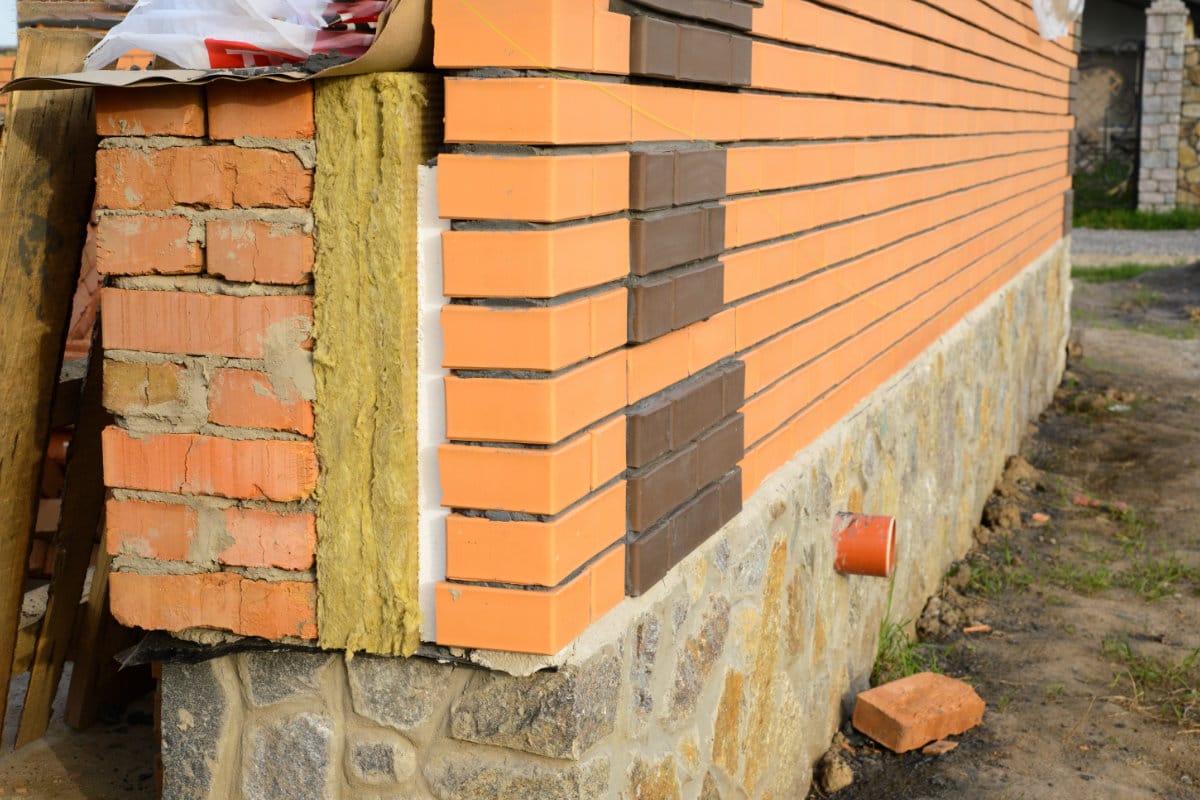

Articles
Which Is The Best Cavity Wall Insulation Materials
Modified: October 28, 2024
Looking for the best cavity wall insulation materials? Check out our informative articles on different options and make an informed decision for your home.
(Many of the links in this article redirect to a specific reviewed product. Your purchase of these products through affiliate links helps to generate commission for Storables.com, at no extra cost. Learn more)
Introduction
Cavity wall insulation plays a crucial role in maintaining a comfortable indoor environment and reducing energy consumption in buildings. By filling the gap between the inner and outer walls with an insulating material, cavity wall insulation helps to prevent heat loss and improve energy efficiency. Choosing the right cavity wall insulation material is essential to ensure maximum effectiveness and long-term durability.
When it comes to selecting the best cavity wall insulation material, there are several important factors to consider. These include thermal performance, moisture resistance, fire resistance, environmental impact, and cost. Each insulation material has its own unique characteristics and advantages, making the decision-making process a critical one. In this article, we will explore the different types of cavity wall insulation materials and compare their key features to help you make an informed choice.
Key Takeaways:
- When choosing cavity wall insulation materials, consider factors such as thermal performance, moisture resistance, fire resistance, environmental impact, and cost to make an informed decision that balances energy efficiency and sustainability.
- Each insulation material, from fiberglass to phenolic foam, offers unique advantages, so consulting with professionals and evaluating specific project requirements is crucial to ensure the best choice for cavity wall insulation.
Read more: What Is Cavity Wall Insulation
Factors to Consider in Choosing Cavity Wall Insulation Materials
When selecting cavity wall insulation materials, it is essential to evaluate certain factors that impact their performance and suitability for your specific needs. These factors include:
- Thermal Performance: The main purpose of cavity wall insulation is to reduce heat transfer. Therefore, it is crucial to choose an insulation material with high thermal resistance or R-value. The higher the R-value, the better the insulation’s ability to resist heat flow. Consider the climate conditions in your area and the desired level of insulation to determine the best material for optimal thermal performance.
- Moisture Resistance: Cavity walls are susceptible to moisture intrusion due to rain, condensation, or other external factors. It is important to select an insulation material that has good moisture resistance properties to prevent water infiltration and maintain the integrity of the insulation system. Look for materials that are water repellent or have a vapor barrier to minimize the risk of moisture-related issues.
- Fire Resistance: Building regulations require cavity wall insulation materials to meet certain fire safety standards. Ensure that the chosen insulation material has appropriate fire resistance properties to contribute to the overall fire safety of your building. Look for materials that are fire-rated or have a higher fire resistance class.
- Environmental Impact: Sustainable and eco-friendly building practices are gaining prominence. Consider the environmental impact of the insulation material, such as its embodied energy, recyclability, and potential for off-gassing of harmful chemicals. Opting for insulation materials with low environmental impact can help reduce your carbon footprint and contribute to a greener future.
- Cost: Budget constraints often play a significant role in decision-making. Evaluate the cost of the insulation material, including the installation costs, long-term savings in energy bills, and potential maintenance or replacement expenses over time. Balance the upfront investment with the expected benefits to determine the most cost-effective option.
By carefully considering these factors, you can narrow down your options and make an informed decision when choosing the right cavity wall insulation material. Now let’s explore the different types of insulation materials available in the market and delve into their specific characteristics.
Types of Cavity Wall Insulation Materials
There are several different types of cavity wall insulation materials available, each with its own unique properties and advantages. Understanding the characteristics of these materials can help you determine which one is best suited for your needs. Here are seven commonly used cavity wall insulation materials:
- Fiberglass Insulation: Made from fine glass fibers, fiberglass insulation is lightweight and easy to install. It offers good thermal performance and is resistant to moisture. Fiberglass insulation is non-combustible and does not release toxic gases when exposed to fire. It is an affordable and widely available option.
- Mineral Wool Insulation: Mineral wool insulation is made from natural or recycled materials, such as rock or slag. It provides excellent thermal and acoustic insulation properties and is resistant to fire and moisture. Mineral wool insulation is environmentally friendly and can help improve indoor air quality by reducing noise pollution.
- Expanded Polystyrene (EPS) Insulation: EPS insulation consists of expanded polystyrene beads fused together. It offers good thermal insulation and moisture resistance. EPS insulation is lightweight, easy to handle, and cost-effective. However, it can be less resistant to compression and may require additional protection against fire.
- Extruded Polystyrene (XPS) Insulation: XPS insulation is similar to EPS insulation but has a higher density and better compressive strength. It provides excellent thermal resistance and moisture protection. XPS insulation is commonly used in colder climates due to its ability to retain its insulation properties in low temperatures.
- Polyurethane Foam Insulation: Polyurethane foam insulation is a versatile material that can expand and fill cavities, creating a seamless barrier. It offers excellent thermal insulation and can reduce air leakage. Polyurethane foam insulation can adhere to various surfaces and provides good moisture resistance. It is often used in retrofit insulation projects.
- Cellulose Insulation: Cellulose insulation is made from recycled paper or cardboard treated with fire retardants. It is an environmentally friendly option that offers good thermal and acoustic insulation properties. Cellulose insulation can be blown into cavities, ensuring a complete and tight seal. It is particularly effective in reducing airflow and is resistant to pests and mold.
- Phenolic Foam Insulation: Phenolic foam insulation offers excellent thermal performance and fire resistance. It has a closed-cell structure that provides good moisture resistance and prevents heat loss through convection. Phenolic foam insulation is lightweight and durable, making it suitable for both new construction and retrofit projects.
These different types of insulation materials provide a range of options to suit various requirements. In the next section, we will compare these materials based on several important factors to help you make a more informed decision.
Fiberglass Insulation
Fiberglass insulation is one of the most popular and widely used cavity wall insulation materials. It is made from fine glass fibers that are bound together to form flexible mats or rolls. Fiberglass insulation offers several advantages that make it a preferred choice for many homeowners and builders.
Thermal Performance: Fiberglass insulation has excellent thermal resistance, meaning it effectively reduces heat transfer through walls. It helps to keep the indoor space warm in winter and cool in summer, thereby reducing the need for excessive energy consumption for heating and cooling.
Moisture Resistance: Fiberglass insulation is naturally resistant to moisture. It does not absorb water, ensuring that the insulation material remains dry and does not promote the growth of mold or mildew. This makes it an ideal choice for cavity walls that may be exposed to moisture from rain, condensation, or other sources.
Fire Resistance: Fiberglass insulation is non-combustible and does not contribute to the spread of fire. It can withstand high temperatures without releasing toxic gases. This fire-resistant property can be crucial for ensuring the safety of occupants in the event of a fire.
Environmental Impact: Fiberglass insulation is typically made from recycled glass and sand, making it an environmentally friendly choice. It can also be recycled at the end of its lifespan, reducing waste and minimizing its impact on the environment.
Cost: Fiberglass insulation is relatively affordable compared to other insulation materials. Its widespread availability and ease of installation contribute to its cost-effectiveness. The upfront investment in fiberglass insulation can result in long-term energy savings, making it a cost-effective option in the long run.
Fiberglass insulation is lightweight and easy to handle, making the installation process relatively straightforward. It can be easily cut to fit into cavities and does not require specialized equipment for installation.
However, fiberglass insulation does have some limitations. It can be less effective in extremely cold or hot climates, as it may not provide as high of an R-value as other insulation materials. Additionally, fiberglass insulation is not as effective in reducing air leakage, so additional air sealing measures may be necessary to achieve optimal energy efficiency.
In summary, fiberglass insulation offers good thermal performance, moisture resistance, fire resistance, environmental friendliness, and affordability. Consider these factors when deciding if fiberglass insulation is the right choice for your cavity wall insulation needs.
Mineral Wool Insulation
Mineral wool insulation is a versatile and widely used cavity wall insulation material. It is made from either natural or recycled materials, such as rock wool or slag wool. Mineral wool insulation offers several benefits that make it a popular choice for both residential and commercial applications.
Thermal Performance: Mineral wool insulation provides excellent thermal resistance, helping to reduce heat transfer through walls. It effectively retains heat in winter and keeps the interior cool in summer, improving energy efficiency and reducing heating and cooling costs.
Moisture Resistance: Mineral wool insulation is resistant to moisture and does not absorb water. It helps to prevent the buildup of condensation within the cavity walls, reducing the risk of mold or mildew growth. This makes it suitable for areas prone to high humidity or moisture exposure.
Fire Resistance: One of the significant advantages of mineral wool insulation is its exceptional fire resistance. It is non-combustible and can withstand high temperatures without releasing hazardous gases. This property makes mineral wool insulation contribute to the overall fire safety of a building.
Environmental Impact: Mineral wool insulation is made from abundant and readily available materials, such as rocks or industrial by-products. It is considered a sustainable and eco-friendly choice as it can be made from recycled materials. Additionally, mineral wool insulation is non-toxic and does not emit harmful substances into the environment.
Acoustic Insulation: In addition to thermal insulation, mineral wool also offers excellent sound absorption properties. It helps to reduce noise transmission through walls, resulting in a quieter and more comfortable indoor environment.
Mineral wool insulation is versatile and can be suitable for various types of cavity walls. It can be used in both new construction and retrofit projects, providing effective insulation and improving overall energy efficiency.
However, there are a few considerations to keep in mind when using mineral wool insulation. Firstly, mineral wool insulation is denser and heavier compared to some other insulation materials, which can make handling and installation slightly more challenging. It may require professional installation in some cases.
Secondly, mineral wool insulation may have lower R-values compared to other insulation materials. This means that thicker insulation might be needed to achieve the desired level of thermal efficiency.
Despite these limitations, mineral wool insulation remains a popular choice due to its excellent thermal performance, moisture resistance, fire resistance, environmental friendliness, and sound absorption properties. Consider these factors when deciding if mineral wool insulation is the right choice for your cavity wall insulation needs.
Read more: Whispers In The Walls Upgrading Insulation
Expanded Polystyrene (EPS) Insulation
Expanded Polystyrene (EPS) insulation is a popular choice for cavity wall insulation. It is made from expanded polystyrene beads that are fused together to form rigid boards or panels. EPS insulation offers several advantages that make it a versatile and effective option for thermal insulation.
Thermal Performance: EPS insulation provides excellent thermal resistance, helping to minimize heat transfer through walls. It effectively prevents thermal bridging and improves energy efficiency by reducing heat loss or gain. EPS insulation can contribute to maintaining a comfortable indoor temperature all year round.
Moisture Resistance: EPS insulation has good moisture resistance properties. It repels water and does not absorb moisture, protecting the cavity walls from potential damage caused by condensation or water infiltration. This moisture resistance helps to maintain the integrity of the insulation system and prevent the growth of mold or mildew.
Lightweight and Easy to Handle: EPS insulation is lightweight, making it easy to transport and handle during the installation process. It can be easily cut to fit into the cavity walls, allowing for precise installation without the need for specialized equipment or complex procedures.
Cost-Effective: EPS insulation is known for its affordability. It is a cost-effective option compared to other insulation materials. The lower upfront cost makes it an attractive choice for homeowners and builders looking for budget-friendly insulation solutions.
Good Sound Insulation: EPS insulation also offers sound insulation properties. It can help reduce noise transmission through walls, creating a quieter and more comfortable indoor environment.
While EPS insulation has several benefits, there are a few considerations to keep in mind. EPS insulation may be less resistant to compression compared to some other insulation materials. Therefore, it is important to ensure that the proper thickness is installed to achieve the desired thermal performance.
Additionally, EPS insulation is flammable and can melt when exposed to high heat or flames. To improve its fire resistance, EPS insulation is often treated with fire-resistant additives or protected with a fire-rated covering.
In summary, Expanded Polystyrene (EPS) insulation offers good thermal performance, moisture resistance, affordability, and ease of handling. It is a versatile option suitable for various cavity wall applications. Consider these factors when deciding if EPS insulation is the right choice for your insulation needs.
Extruded Polystyrene (XPS) Insulation
Extruded Polystyrene (XPS) insulation is a popular choice for cavity wall insulation due to its excellent thermal insulation properties and moisture resistance. It is made from polystyrene resin that is processed into rigid foam boards or panels using an extrusion process. XPS insulation offers several advantages that make it a reliable and effective insulation material.
Thermal Performance: XPS insulation provides high thermal resistance, meaning it effectively reduces heat transfer through the walls. It helps to maintain a consistent indoor temperature, keeping the space warm in winter and cool in summer. XPS insulation can contribute to energy savings and reduced heating and cooling costs.
Moisture Resistance: XPS insulation has excellent moisture resistance properties. It repels water and does not absorb moisture, making it ideal for cavity walls exposed to moisture from rain, condensation, or other sources. XPS insulation helps to prevent the growth of mold and mildew and maintain the integrity of the insulation system.
Compressive Strength: XPS insulation has high compressive strength, meaning it can withstand heavy loads and pressure without losing its insulation properties. This makes it suitable for cavity walls that may be subjected to external forces or weight from the structure above.
Long-Term Durability: XPS insulation is known for its long-term durability. It does not deteriorate or degrade over time and can maintain its insulation performance for many years. XPS insulation is resistant to aging, moisture, and corrosion, making it a reliable and long-lasting insulation solution.
Dimensional Stability: XPS insulation has excellent dimensional stability, meaning it retains its shape and size over time even when exposed to temperature variations. This stability ensures a precise fit in the cavity walls, eliminating gaps and maintaining an effective thermal barrier.
XPS insulation is lightweight and easy to handle, making it convenient for installation. It can be easily cut to fit into the walls without the need for specialized tools or equipment. Additionally, XPS insulation has low vapor permeability, which helps to minimize the risk of water vapor penetration and condensation within the walls.
However, it is important to note that XPS insulation is a flammable material and can release toxic gases when exposed to high temperatures or flames. Therefore, proper fire safety measures should be taken, such as applying a fire-rated covering or using it in conjunction with other fire-resistant materials, to ensure the overall fire safety of the building.
In summary, Extruded Polystyrene (XPS) insulation offers excellent thermal performance, moisture resistance, compressive strength, durability, and dimensional stability. Consider these factors when deciding if XPS insulation is the right choice for your cavity wall insulation needs.
Polyurethane Foam Insulation
Polyurethane foam insulation is a versatile and effective choice for cavity wall insulation. It is a two-part foam that is sprayed into the wall cavity, where it expands and forms a seamless and airtight barrier. Polyurethane foam insulation offers several advantages that make it a popular option for both residential and commercial applications.
Thermal Performance: Polyurethane foam insulation provides excellent thermal insulation, effectively reducing heat transfer through the walls. It has a high R-value, which means it offers superior thermal resistance compared to many other insulation materials. Polyurethane foam insulation helps to maintain a comfortable indoor temperature and reduce energy consumption for heating and cooling.
Air Sealing: One of the significant benefits of polyurethane foam insulation is its ability to create a seamless and airtight barrier. The foam expands and fills every nook and cranny within the cavity walls, sealing any gaps or cracks. This air sealing property minimizes air leakage and helps to prevent drafts, improving energy efficiency and indoor comfort.
Moisture Resistance: Polyurethane foam insulation has excellent moisture resistance. Once cured, it does not absorb water or allow moisture to penetrate the wall cavity. This moisture resistance helps to prevent the growth of mold or mildew and protects the structural integrity of the walls.
Sound Insulation: Polyurethane foam insulation also provides sound insulation properties. It helps to reduce noise transmission through the walls, creating a quieter and more comfortable indoor environment. Polyurethane foam insulation can significantly improve the acoustic performance of a building.
Seamless Installation: Polyurethane foam insulation is applied using a spray or injection system, allowing it to reach even hard-to-reach areas within the wall cavity. The foam expands and conforms to the shape of the cavity, providing a seamless insulation layer without any gaps or joints. This seamless installation ensures optimal thermal performance and eliminates thermal bridging.
It is important to note that polyurethane foam insulation can be flammable and may release toxic gases when exposed to high temperatures or flames. However, there are fire-rated versions available that add an extra layer of fire resistance, mitigating potential fire hazards.
Additionally, the installation of polyurethane foam insulation typically requires professional expertise and specialized equipment. It is important to hire trained and experienced installers who can ensure proper mixing, application, and safety precautions.
In summary, polyurethane foam insulation offers excellent thermal performance, air sealing, moisture resistance, sound insulation, and seamless installation. Consider these factors when deciding if polyurethane foam insulation is the right choice for your cavity wall insulation needs.
Cellulose Insulation
Cellulose insulation is an eco-friendly and effective cavity wall insulation material. It is made from recycled paper and cardboard that are treated with fire retardants to improve its fire resistance. Cellulose insulation offers several advantages that make it a popular choice among environmentally conscious homeowners and builders.
Thermal Performance: Cellulose insulation has good thermal resistance, helping to reduce heat transfer through the walls. It effectively prevents heat loss in winter and heat gain in summer, improving energy efficiency and reducing heating and cooling costs.
Enviro
When choosing cavity wall insulation materials, consider factors such as thermal performance, moisture resistance, and fire safety. Materials like mineral wool, expanded polystyrene, and polyurethane foam are commonly used and offer good insulation properties. Conduct thorough research and consult with professionals to determine the best option for your specific needs.
Read more: How Much Is Wall Insulation
Phenolic Foam Insulation
Phenolic foam insulation is a high-performance cavity wall insulation material known for its excellent thermal resistance and fire resistance properties. It is made from a synthetic resin called phenolic resin, which is mixed with a blowing agent to create a foam insulation material. Phenolic foam insulation offers several advantages that make it a popular choice in both residential and commercial construction.
Thermal Performance: Phenolic foam insulation has outstanding thermal resistance, making it highly effective in reducing heat transfer through the walls. Its low thermal conductivity helps to maintain a stable indoor temperature, improving energy efficiency and reducing heating and cooling costs.
Fire Resistance: One of the key advantages of phenolic foam insulation is its exceptional fire resistance. It is rated as a class A1 fire-rated material, meaning it does not contribute to the spread of fire. Phenolic foam insulation can withstand high temperatures without releasing toxic gases, making it a safe choice for cavity walls.
Moisture Resistance: Phenolic foam insulation is naturally moisture-resistant. It has a closed-cell structure that does not absorb water or allow moisture to penetrate the insulation material. This moisture resistance prevents the growth of mold or mildew and helps to maintain the integrity of the insulation system.
Dimensional Stability: Phenolic foam insulation is dimensionally stable, meaning it retains its shape and size over time. It does not shrink or expand due to temperature variations, ensuring a precise fit within the cavity walls and minimizing gaps or air leakage.
Excellent Insulation Performance at Thin Widths: Phenolic foam insulation offers high insulation performance even at thin widths. This makes it suitable for applications where cavity space is limited or when thin insulation is desired for aesthetic or construction purposes.
While phenolic foam insulation offers numerous advantages, there are a few considerations to keep in mind. Phenolic foam insulation can be more expensive compared to some other insulation materials. However, its excellent thermal and fire resistance properties, along with long-term durability, make it a worthwhile investment for many construction projects.
Additionally, phenolic foam insulation requires professional installation due to its specialized cutting and fitting requirements. It is crucial to hire trained installers who can ensure the proper installation of phenolic foam insulation in accordance with manufacturer guidelines and building regulations.
In summary, phenolic foam insulation provides exceptional thermal performance, fire resistance, moisture resistance, dimensional stability, and insulation efficiency at thin widths. Consider these factors when deciding if phenolic foam insulation is the right choice for your cavity wall insulation needs.
Comparison of Cavity Wall Insulation Materials
When choosing the best insulation material for cavity walls, it is essential to consider various factors and compare the different options available. Here, we compare cavity wall insulation materials based on several important criteria:
- Thermal Performance: Fiberglass, mineral wool, expanded polystyrene (EPS), and extruded polystyrene (XPS) insulation materials offer excellent thermal resistance, helping to reduce heat transfer through the walls. Polyurethane foam insulation provides superior thermal performance, while cellulose and phenolic foam insulation offer good thermal resistance.
- Moisture Resistance: Fiberglass, mineral wool, and cellulose insulation materials are naturally resistant to moisture. Expanded polystyrene (EPS), extruded polystyrene (XPS), polyurethane foam, and phenolic foam insulation also provide good moisture resistance properties.
- Fire Resistance: Fiberglass, mineral wool, and cellulose insulation materials are non-combustible and provide good fire resistance. Expanded polystyrene (EPS) and extruded polystyrene (XPS) insulation are flammable but can be treated to improve their fire resistance. Polyurethane foam and phenolic foam insulation have excellent fire resistance properties.
- Environmental Impact: Fiberglass, mineral wool, cellulose, and phenolic foam insulation materials are made from recycled or renewable materials and have low environmental impact. Expanded polystyrene (EPS) and extruded polystyrene (XPS) insulation have a higher environmental impact due to the manufacturing process and non-renewable resources used.
- Cost: Fiberglass, mineral wool, and cellulose insulation materials are generally more affordable compared to expanded polystyrene (EPS), extruded polystyrene (XPS), polyurethane foam, and phenolic foam insulation. However, the overall cost will vary based on factors such as the size of the project and the required R-value.
It is important to note that the effectiveness of cavity wall insulation also depends on proper installation techniques and adherence to building regulations. Professional installation is recommended for many of these insulation materials to ensure optimal performance and safety.
Ultimately, choosing the right cavity wall insulation material will depend on your specific requirements, budget, and project considerations. Evaluate the thermal performance, moisture resistance, fire resistance, environmental impact, and cost factors to make an informed decision.
Consult with insulation experts or professionals to determine the most suitable material for your cavity walls, considering the local climate, building regulations, and your long-term insulation needs. By selecting the appropriate cavity wall insulation material, you can improve energy efficiency, reduce heating and cooling costs, enhance indoor comfort, and contribute to a sustainable living environment.
Thermal Performance
Thermal performance is a crucial factor to consider when comparing cavity wall insulation materials. It refers to the ability of the insulation material to resist heat transfer through the walls, effectively reducing thermal conductivity and maintaining a comfortable indoor temperature.
Various insulation materials offer different levels of thermal resistance, commonly measured as the R-value. The higher the R-value, the better the insulation’s ability to prevent heat flow. When evaluating thermal performance, it is important to consider the local climate and desired level of insulation.
The insulation materials that excel in thermal performance include fiberglass, mineral wool, expanded polystyrene (EPS), extruded polystyrene (XPS), polyurethane foam, and phenolic foam insulation.
Fiberglass Insulation: Fiberglass insulation offers good thermal resistance and is widely used for its ability to retain heat in winter and keep the interior cool in summer. Its fine glass fibers trap air pockets, effectively slowing down heat transfer.
Mineral Wool Insulation: Mineral wool insulation, made from rocks or slag, provides excellent thermal insulation properties. Its dense fibers trap air, creating effective thermal resistance and reducing heat transfer.
Expanded Polystyrene (EPS) Insulation: EPS insulation has good thermal resistance and offers reliable insulation performance. It is known for its ability to retain heat and maintain a consistent indoor temperature throughout the year. EPS insulation is commonly used in areas with moderate to cold climates.
Extruded Polystyrene (XPS) Insulation: XPS insulation provides superior thermal performance, offering high thermal resistance even at thin widths. It effectively prevents heat transfer and helps maintain a comfortable interior environment.
Polyurethane Foam Insulation: Polyurethane foam insulation offers excellent thermal properties, with high R-values. Its closed-cell structure restricts heat transfer, making it highly effective in reducing energy consumption for heating and cooling.
Phenolic Foam Insulation: Phenolic foam insulation stands out for its impressive thermal resistance. It provides excellent insulation performance and helps maintain optimal indoor temperatures, contributing to energy efficiency.
When selecting a cavity wall insulation material based on thermal performance, consider the local climate, desired indoor temperature, and energy efficiency goals. By choosing an insulation material with high thermal resistance, you can effectively reduce heat loss or gain through the walls, leading to energy savings and improved comfort levels within your building.
Moisture Resistance
Moisture resistance is an important consideration when comparing cavity wall insulation materials. It refers to the ability of the insulation material to withstand moisture infiltration and prevent the buildup of condensation within the cavity walls. Moisture resistance is crucial for preventing mold growth, maintaining the integrity of the insulation system, and ensuring the long-term durability of the building.
Several insulation materials offer good moisture resistance, including fiberglass, mineral wool, cellulose, expanded polystyrene (EPS), extruded polystyrene (XPS), polyurethane foam, and phenolic foam insulation.
Fiberglass Insulation: Fiberglass insulation is naturally resistant to moisture. It does not absorb water and helps to maintain a dry and healthy environment within the wall cavity. Fiberglass insulation is a suitable choice for cavity walls that may be exposed to moisture from rain or condensation.
Mineral Wool Insulation: Mineral wool insulation is also naturally resistant to moisture. Its hydrophobic properties repel water, preventing moisture absorption and the growth of mold or mildew within the walls. Mineral wool insulation protects against moisture-related issues and helps maintain a healthy indoor environment.
Cellulose Insulation: Cellulose insulation is treated with fire retardants and borate compounds, which provide excellent moisture resistance properties. It repels water and reduces the risk of moisture infiltration within the cavity walls, protecting against mold growth and maintaining the integrity of the insulation system.
Expanded Polystyrene (EPS) Insulation: EPS insulation offers good moisture resistance. Its closed-cell structure helps to prevent water absorption and the buildup of condensation within the cavity walls. EPS insulation is suitable for areas with moderate to high moisture exposure.
Extruded Polystyrene (XPS) Insulation: XPS insulation provides excellent moisture resistance. Its closed-cell structure resists water absorption, making it highly suitable for cavity walls in areas with high humidity or moisture intrusion. XPS insulation helps to prevent moisture damage and mold growth.
Polyurethane Foam Insulation: Polyurethane foam insulation has good moisture resistance. Once cured, it does not absorb water and forms a seamless and airtight barrier, preventing moisture infiltration within the walls. Polyurethane foam insulation helps to maintain a dry and healthy environment.
Phenolic Foam Insulation: Phenolic foam insulation offers excellent moisture resistance. Its closed-cell structure effectively repels water and prevents moisture ingress within the walls. Phenolic foam insulation helps to prevent the growth of mold or mildew and ensures the long-term durability of the insulation system.
When selecting a cavity wall insulation material based on moisture resistance, consider the local climate, potential sources of moisture, and building orientation. Ensure that the chosen insulation material can withstand moisture and protect the walls from potential damage and mold growth.
Read more: Which Coating Is Best For Roof?
Fire Resistance
Fire resistance is a critical factor to consider when comparing cavity wall insulation materials. It refers to the ability of the insulation material to withstand fire and limit the spread of flames, contributing to the overall fire safety of a building. Choosing a fire-resistant insulation material can help increase valuable escape time during a fire and reduce potential property damage.
When evaluating fire resistance, it is important to consider the fire rating and the ability of the insulation material to resist ignition and flame spread. Some insulation materials offer better fire resistance than others:
Fiberglass Insulation: Fiberglass insulation is non-combustible and does not contribute to the spread of flames. It can withstand high temperatures without releasing toxic gases, making it a safe choice for cavity wall insulation in terms of fire resistance.
Mineral Wool Insulation: Mineral wool insulation is also non-combustible and provides good fire resistance. It can withstand high temperatures and contributes to containing the spread of flames, enhancing the fire safety of the building.
Cellulose Insulation: Cellulose insulation is treated with fire retardants, which improve its fire resistance. The added fire retardants make cellulose insulation less susceptible to ignition and flame spread, enhancing overall fire safety within the walls.
Expanded Polystyrene (EPS) Insulation: EPS insulation is flammable and can melt when exposed to high heat or flames. To improve its fire resistance, EPS insulation can be treated with fire retardants or protected with a fire-rated covering. These measures help to limit fire spread and enhance fire safety.
Extruded Polystyrene (XPS) Insulation: XPS insulation is flammable but can be treated with fire retardants to improve its fire resistance. When properly treated and installed with additional fire protection measures, XPS insulation can limit the spread of flames and contribute to fire safety.
Polyurethane Foam Insulation: Polyurethane foam insulation can be flammable and release toxic gases when exposed to high temperatures or flames. However, fire-rated versions of polyurethane foam insulation are available, which offer better fire resistance. These fire-rated options are treated to reduce flammability and enhance fire safety.
Phenolic Foam Insulation: Phenolic foam insulation stands out for its excellent fire resistance. It is inherently fire-resistant and offers a high level of protection against the spread of flames. Phenolic foam insulation is often highly rated regarding fire safety.
When selecting a cavity wall insulation material based on fire resistance, it is crucial to consider the local fire safety regulations and building codes. Consult with professionals to ensure that the chosen insulation material meets the required fire safety standards and contributes to a safer living or working environment.
Environmental Impact
Considering the environmental impact is essential when comparing cavity wall insulation materials. As sustainability and eco-friendliness become increasingly important, choosing insulation materials with low environmental impact is crucial for creating a greener and more sustainable future.
Insulation materials can differ in terms of their environmental impact, including factors such as embodied energy, recyclability, and potential off-gassing of harmful chemicals:
Fiberglass Insulation: Fiberglass insulation is typically made from sand and recycled glass, making it a relatively environmentally friendly option. It has a low embodied energy, meaning the energy required for its production is relatively low. Fiberglass insulation is also recyclable at the end of its lifespan.
Mineral Wool Insulation: Mineral wool insulation is typically made from natural or recycled materials, such as rocks or slag. It is considered a sustainable choice, as it often utilizes recycled materials. Mineral wool insulation also has low embodied energy and is recyclable.
Cellulose Insulation: Cellulose insulation is made from recycled paper or cardboard, making it highly sustainable and eco-friendly. It is a renewable resource, and its production requires relatively low energy. Cellulose insulation can also be recycled at the end of its life cycle.
Expanded Polystyrene (EPS) Insulation: EPS insulation is made from petroleum-based materials, which have a higher environmental impact compared to some other insulation materials. However, EPS insulation can be recycled, reducing waste and its impact on landfills.
Extruded Polystyrene (XPS) Insulation: XPS insulation is also made from petroleum-based materials, resulting in higher embodied energy and environmental impact. However, XPS insulation can be recycled into other products, reducing its contribution to waste.
Polyurethane Foam Insulation: Polyurethane foam insulation is made from petrochemicals and can have a higher environmental impact due to the production process. However, polyurethane foam insulation can offer superior energy savings and efficiency, which can help offset its initial impact.
Phenolic Foam Insulation: The production of phenolic foam insulation involves the use of phenolic resins, which are synthetic materials. The production process can have a higher environmental impact; however, phenolic foam insulation often offers excellent energy savings and long-term durability.
When selecting a cavity wall insulation material based on environmental impact, consider the embodied energy, recyclability, and end-of-life disposal options. Look for materials made from recycled or renewable resources, as well as those that can be recycled after use, to minimize the overall environmental footprint of the insulation.
Additionally, check for any potential off-gassing of harmful chemicals during the installation or use of the insulation material. It is important to prioritize the health and well-being of occupants by choosing materials with low or no emissions of volatile organic compounds (VOCs) or other harmful substances.
Consult with industry professionals and consider any local regulations or green building certifications to ensure that the chosen insulation material aligns with sustainable building practices and contributes to a healthier environment.
Cost
Cost is a significant factor to consider when comparing cavity wall insulation materials. Understanding the upfront investment, long-term savings, and potential maintenance or replacement costs can help determine the most cost-effective option for your project.
The cost of cavity wall insulation materials can vary depending on factors such as the type of insulation, the size of the project, and the desired level of insulation. Here are some factors to consider:
Fiberglass Insulation: Fiberglass insulation is known for its affordability and widespread availability, making it a cost-effective option. It offers a good balance between performance and cost, making it a popular choice for many homeowners and builders.
Mineral Wool Insulation: Mineral wool insulation is generally priced slightly higher than fiberglass insulation. However, its excellent thermal and acoustic insulation properties make it a worthwhile investment for those looking for enhanced energy efficiency and noise reduction.
Cellulose Insulation: Cellulose insulation is slightly more expensive than fiberglass or mineral wool insulation. However, it is made from recycled materials and offers excellent thermal and acoustic insulation performance. The long-term energy savings and environmental benefits can make it a cost-effective choice.
Expanded Polystyrene (EPS) Insulation: EPS insulation is known for its affordability, making it an attractive option for those with budget constraints. Its insulation performance and ease of installation contribute to its cost-effectiveness.
Extruded Polystyrene (XPS) Insulation: XPS insulation is generally more expensive compared to other insulation materials due to its superior thermal resistance and durability. However, its long-term energy savings and longevity can make it a cost-effective option in the long run.
Polyurethane Foam Insulation: Polyurethane foam insulation can have a higher upfront cost compared to other insulation materials. However, its excellent thermal performance and air sealing capabilities can lead to significant energy savings over time, making it a worthwhile long-term investment.
Phenolic Foam Insulation: Phenolic foam insulation can be more expensive compared to other insulation materials due to its exceptional thermal resistance and fire resistance properties. However, its long-term durability and energy savings can make it a cost-effective option for those prioritizing performance and safety.
While analyzing the cost of insulation materials, it is important to consider long-term savings in energy bills. More efficient insulation materials may lead to greater energy savings, which can offset the initial investment. Additionally, consider any potential maintenance or replacement costs associated with the insulation material.
Consult with insulation experts or professionals to evaluate the overall cost-effectiveness of different insulation materials based on your specific project requirements and budget. By considering both the upfront cost and long-term savings, you can make an informed decision that balances affordability and performance for your cavity wall insulation needs.
Conclusion
Choosing the right cavity wall insulation material is a crucial decision that can have a significant impact on the energy efficiency, comfort, and overall performance of a building. After comparing the various factors, it is clear that each insulation material has its own unique characteristics and advantages.
Fiberglass insulation offers good thermal performance, affordability, and moisture resistance, making it a widely used option. Mineral wool insulation excels in thermal performance and fire resistance, while also providing excellent acoustic insulation. Cellulose insulation is an eco-friendly choice, offering good thermal and moisture resistance properties. EPS insulation provides good thermal performance at an affordable cost, while XPS insulation offers superior thermal resistance and moisture resistance. Polyurethane foam insulation provides excellent thermal performance and air sealing capabilities. Lastly, phenolic foam insulation offers exceptional thermal performance and fire resistance.
Considerations such as thermal performance, moisture resistance, fire resistance, environmental impact, and cost all play a crucial role in the selection process. It is important to assess these factors based on your specific needs, local climate, budget, and sustainability goals.
Consulting with insulation professionals is highly recommended to ensure that the chosen insulation material meets building codes, regulations, and specific project requirements. They can provide expert guidance and help determine the most suitable insulation material for your cavity walls.
In conclusion, selecting the best cavity wall insulation material involves a thoughtful evaluation of multiple factors. By considering the specific requirements of your project, you can make an informed decision that maximizes energy efficiency, promotes indoor comfort, and contributes to a sustainable and safe living or working environment.
Read more: What Insulation To Use In 2X4 Walls?
References
1. U.S. Department of Energy. (n.d.). Insulation Materials. Retrieved from https://www.energy.gov/energysaver/weatherize/insulation/insulation-materials
2. Energy Saving Trust. (n.d.). Choosing Insulation. Retrieved from https://energysavingtrust.org.uk/advice/insulation/choosing-insulation
3. Environmental Protection Agency. (n.d.). Insulation Materials. Retrieved from https://www.epa.gov/radiation/insulation-materials
4. BuildingGreen. (n.d.). Thermal Insulation. Retrieved from https://www.buildinggreen.com/product-category/thermal-insulation-and-barriers
5. National Insulation Association. (n.d.). Cavity Wall Insulation. Retrieved from http://www.nia-uk.org/blog/cavity-wall-insulation/
Note: This is not an exhaustive list of references and serves as a starting point for further research on cavity wall insulation materials.
Frequently Asked Questions about Which Is The Best Cavity Wall Insulation Materials
Was this page helpful?
At Storables.com, we guarantee accurate and reliable information. Our content, validated by Expert Board Contributors, is crafted following stringent Editorial Policies. We're committed to providing you with well-researched, expert-backed insights for all your informational needs.
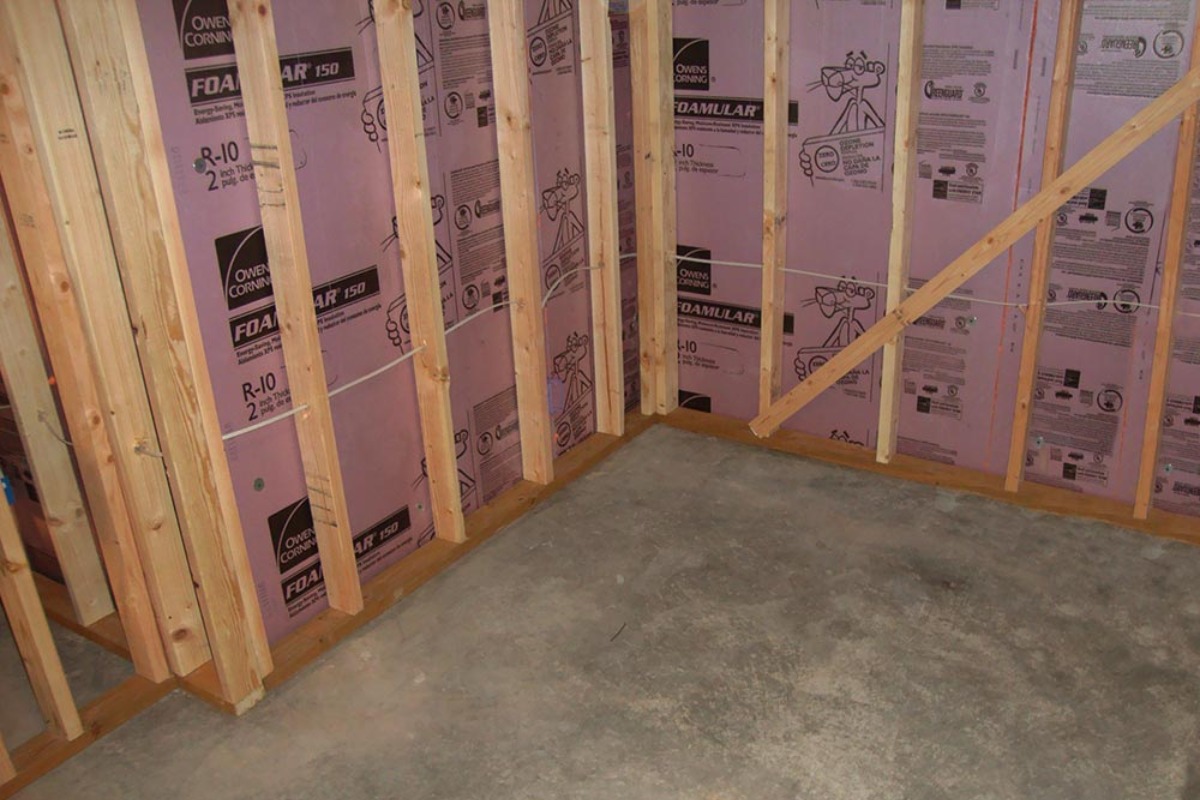
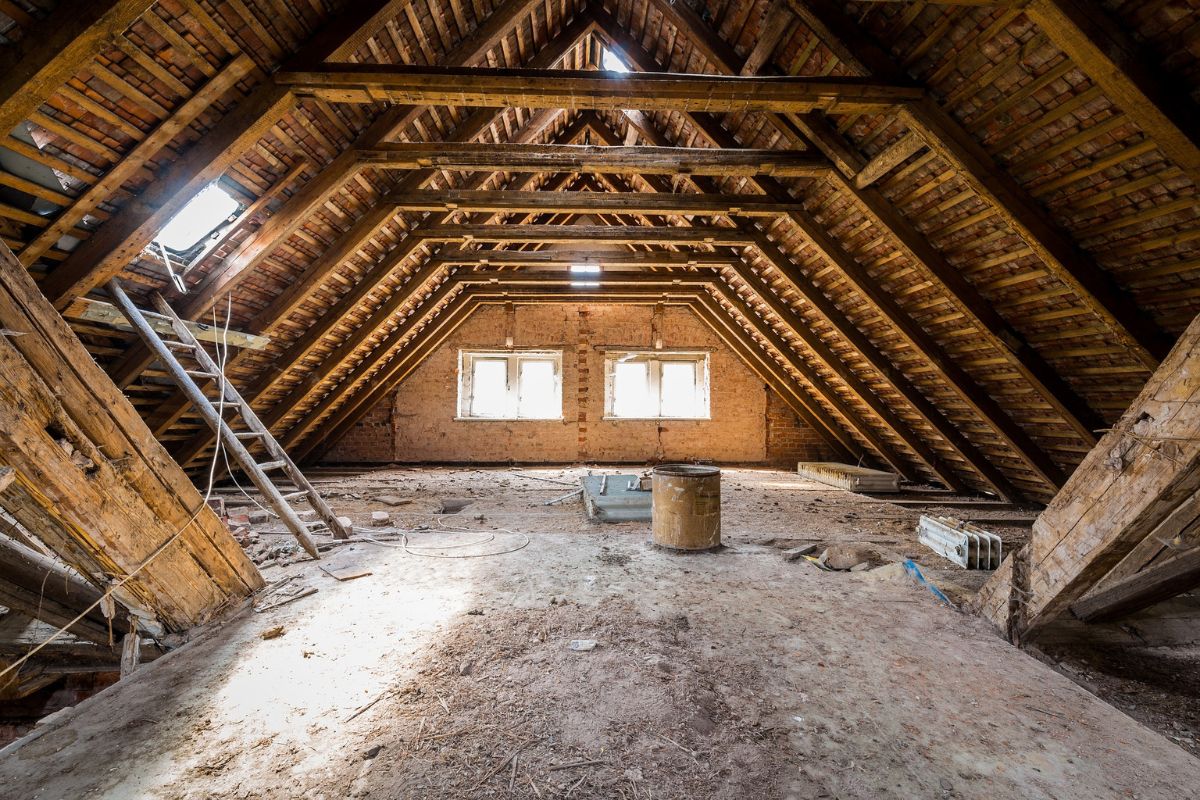
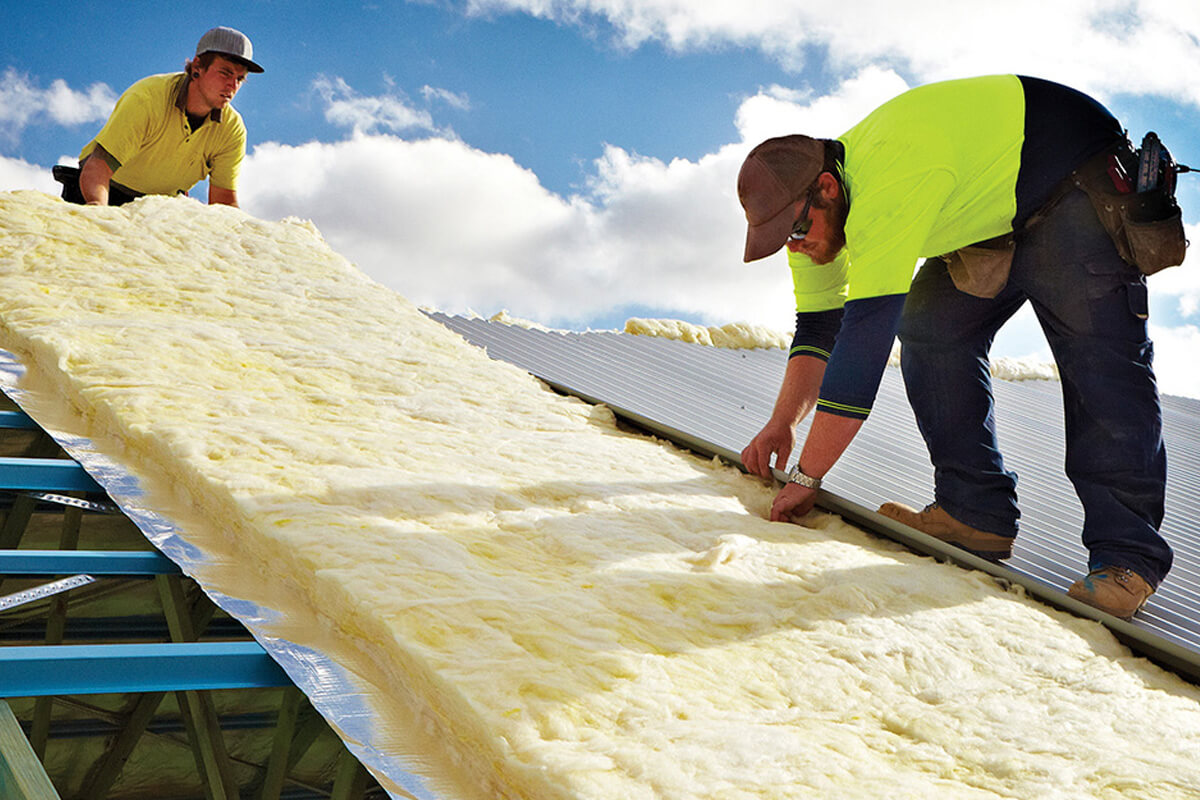
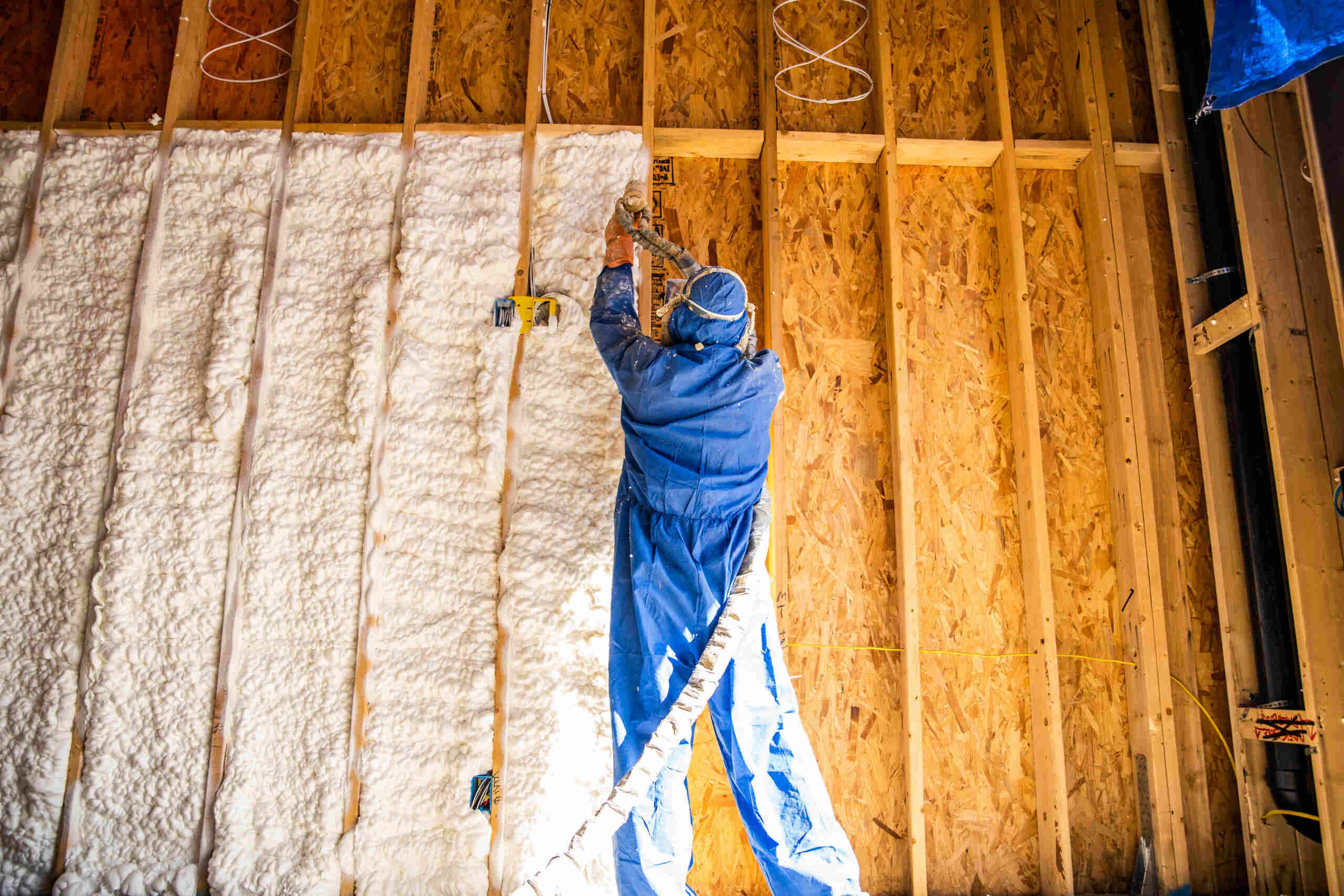
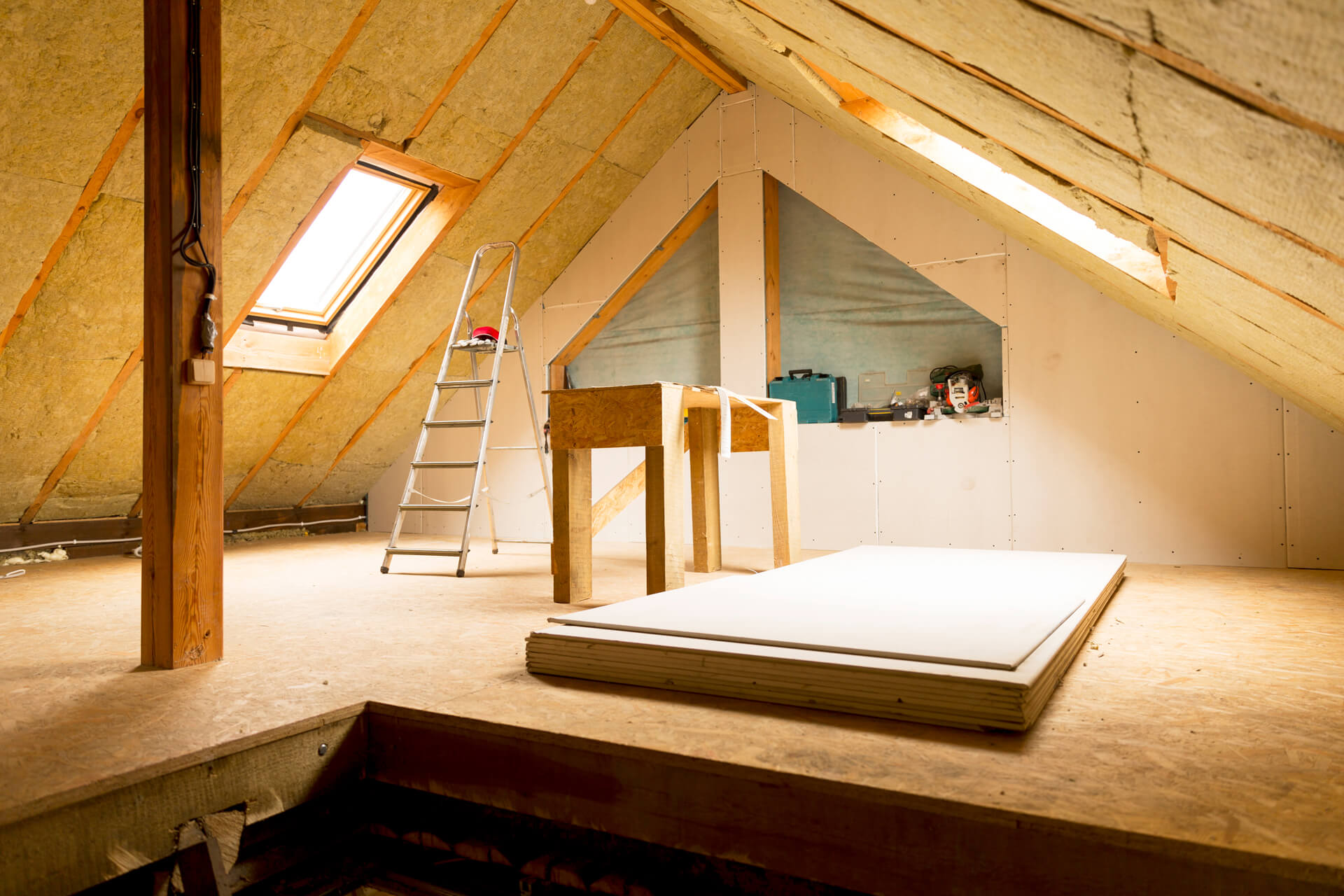
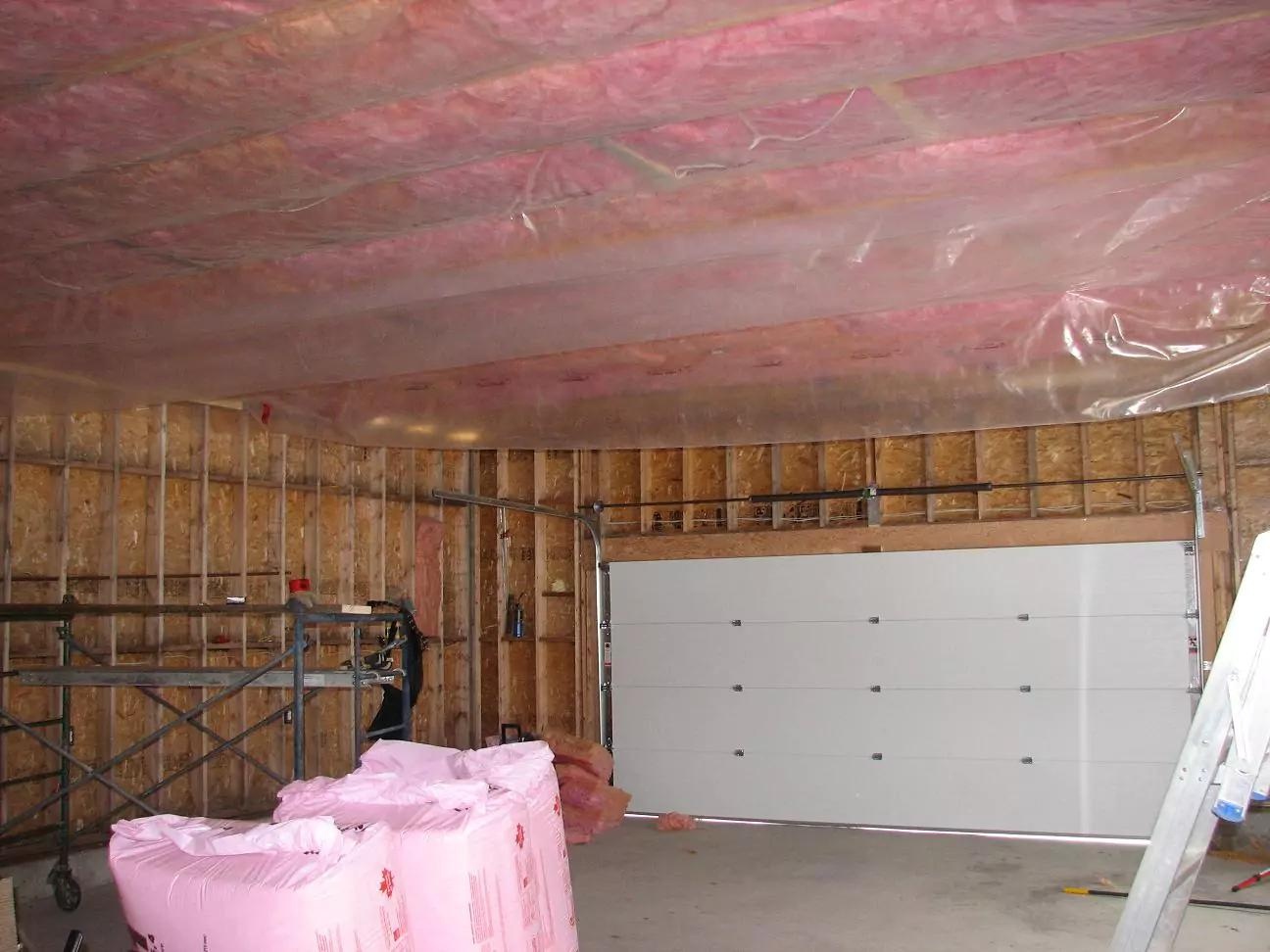
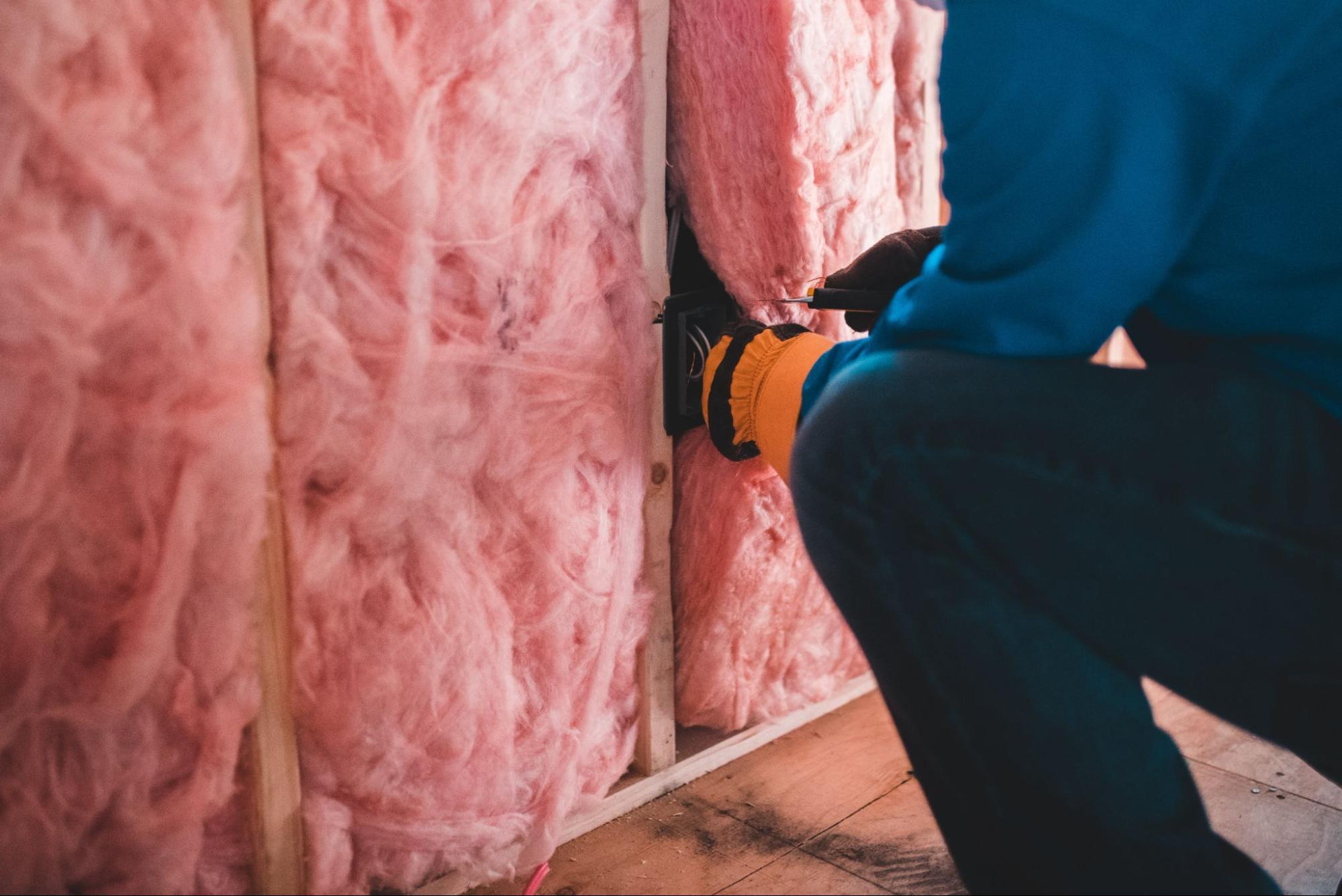
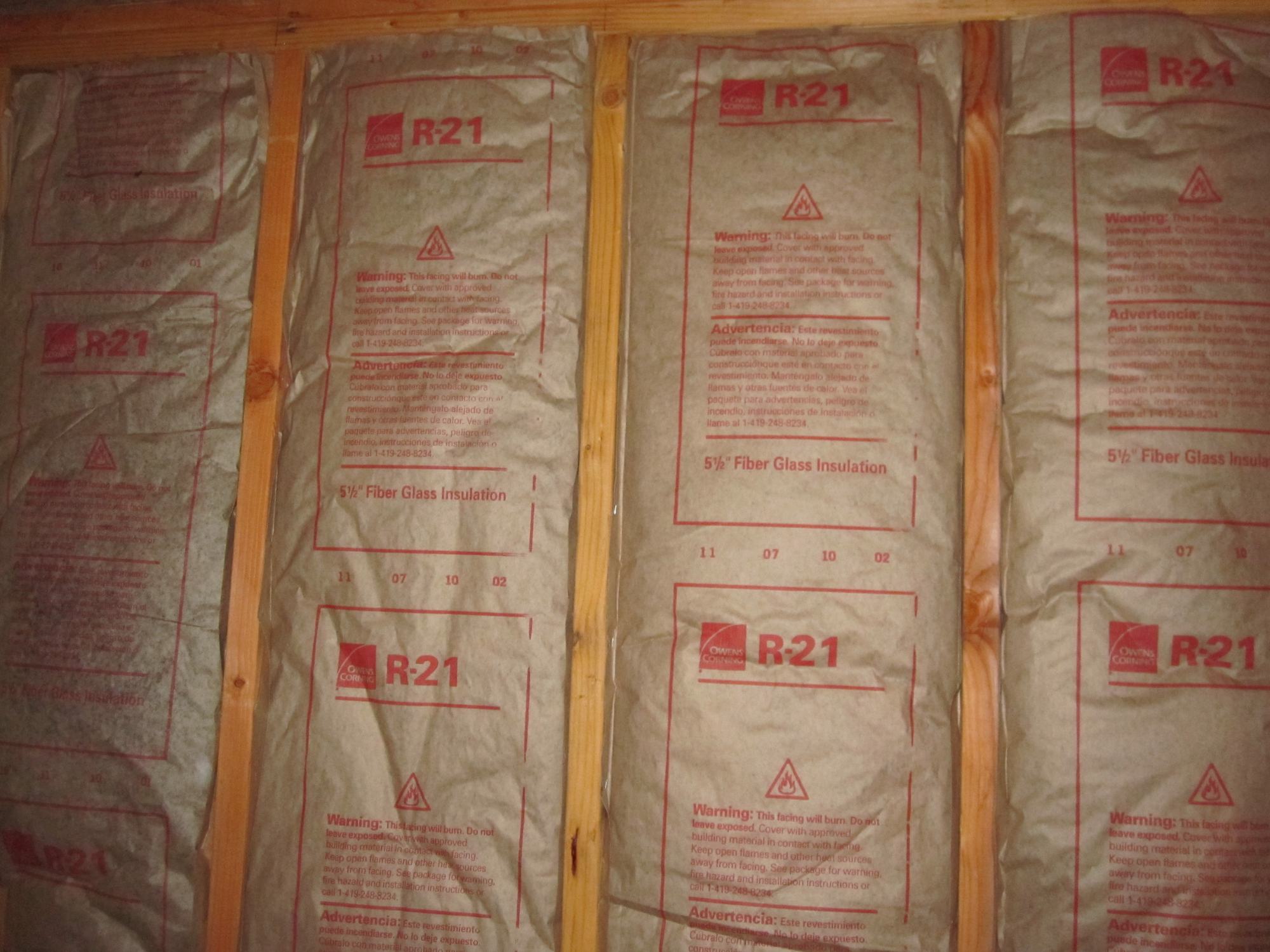
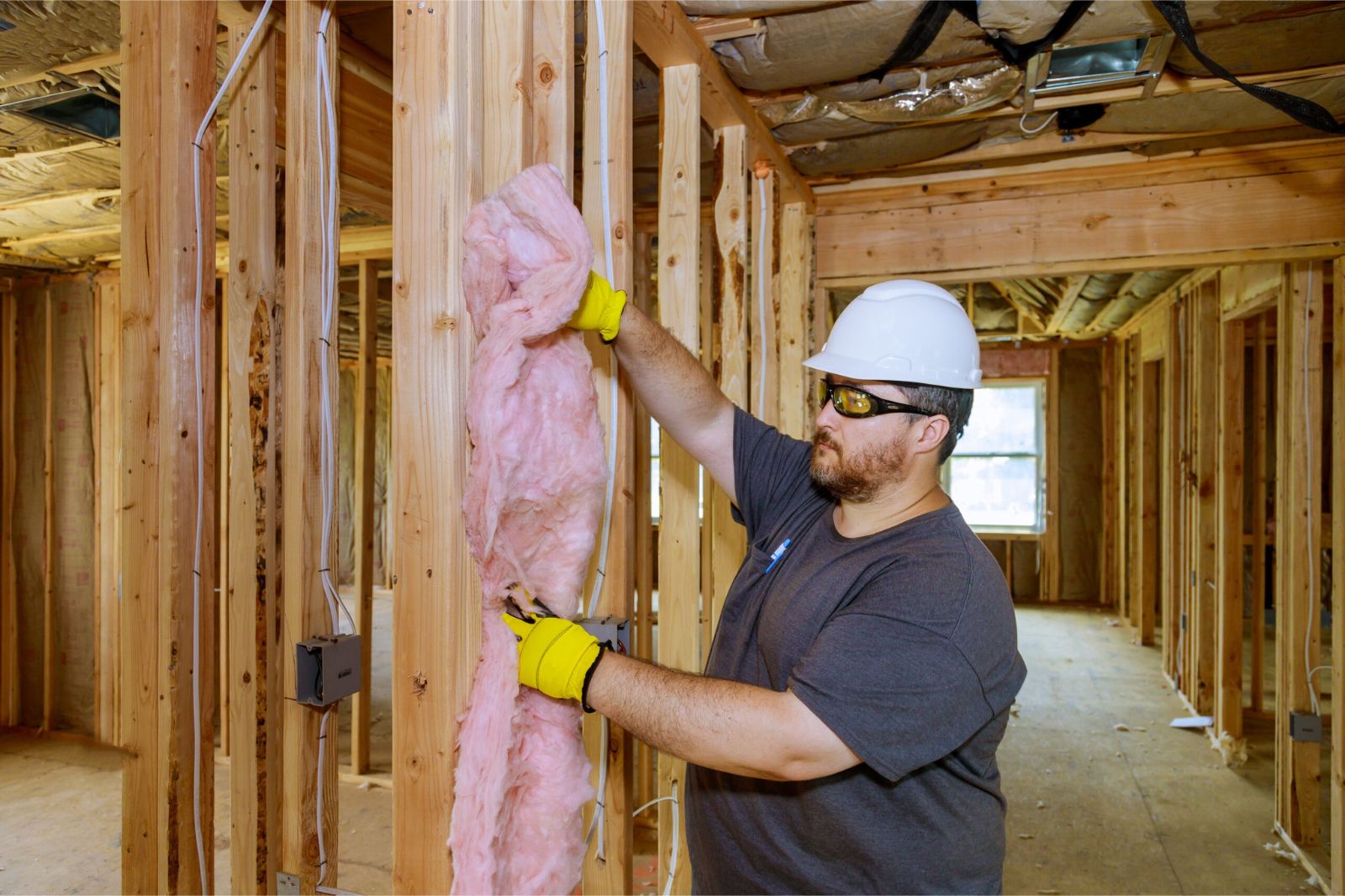
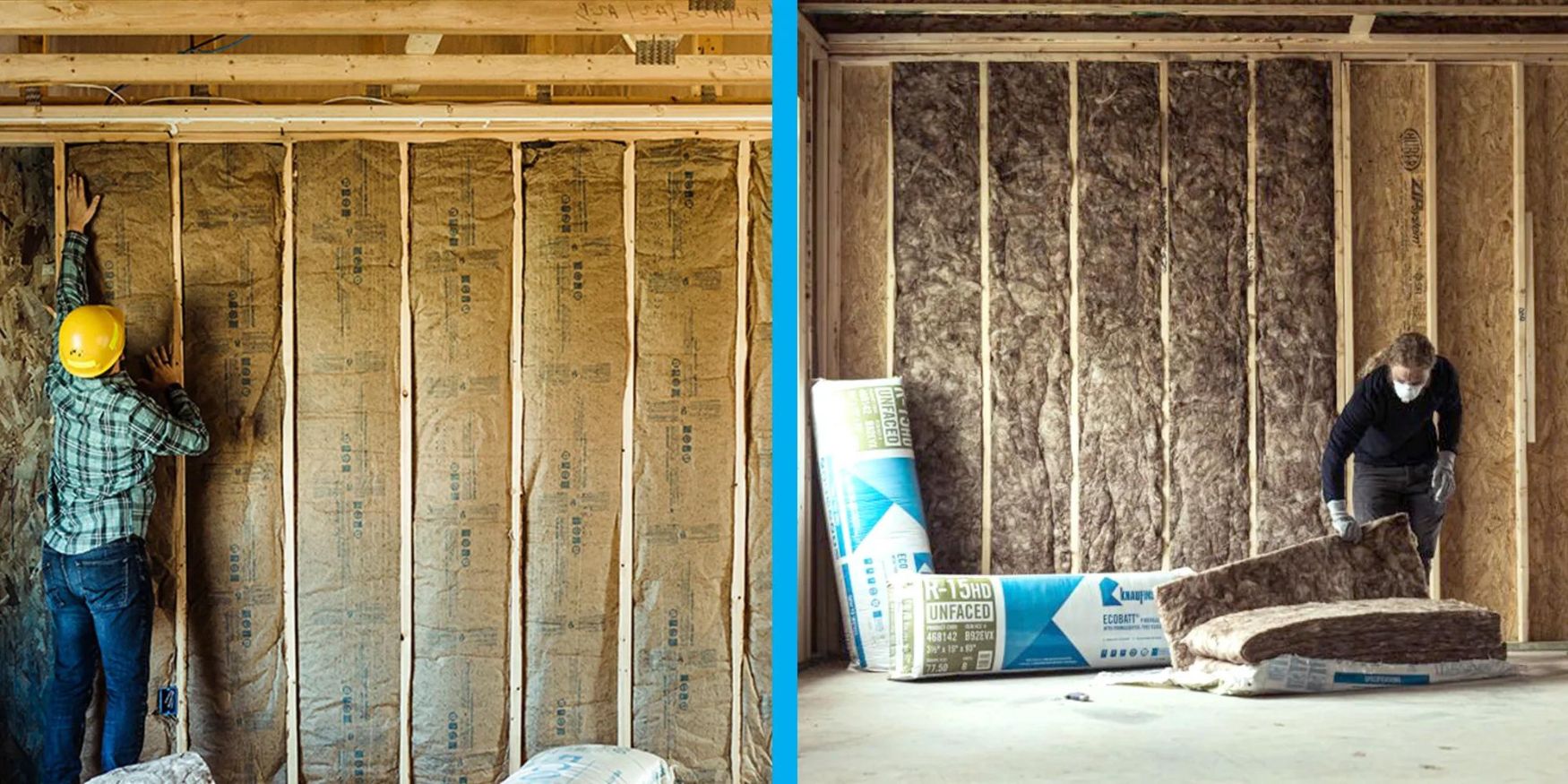
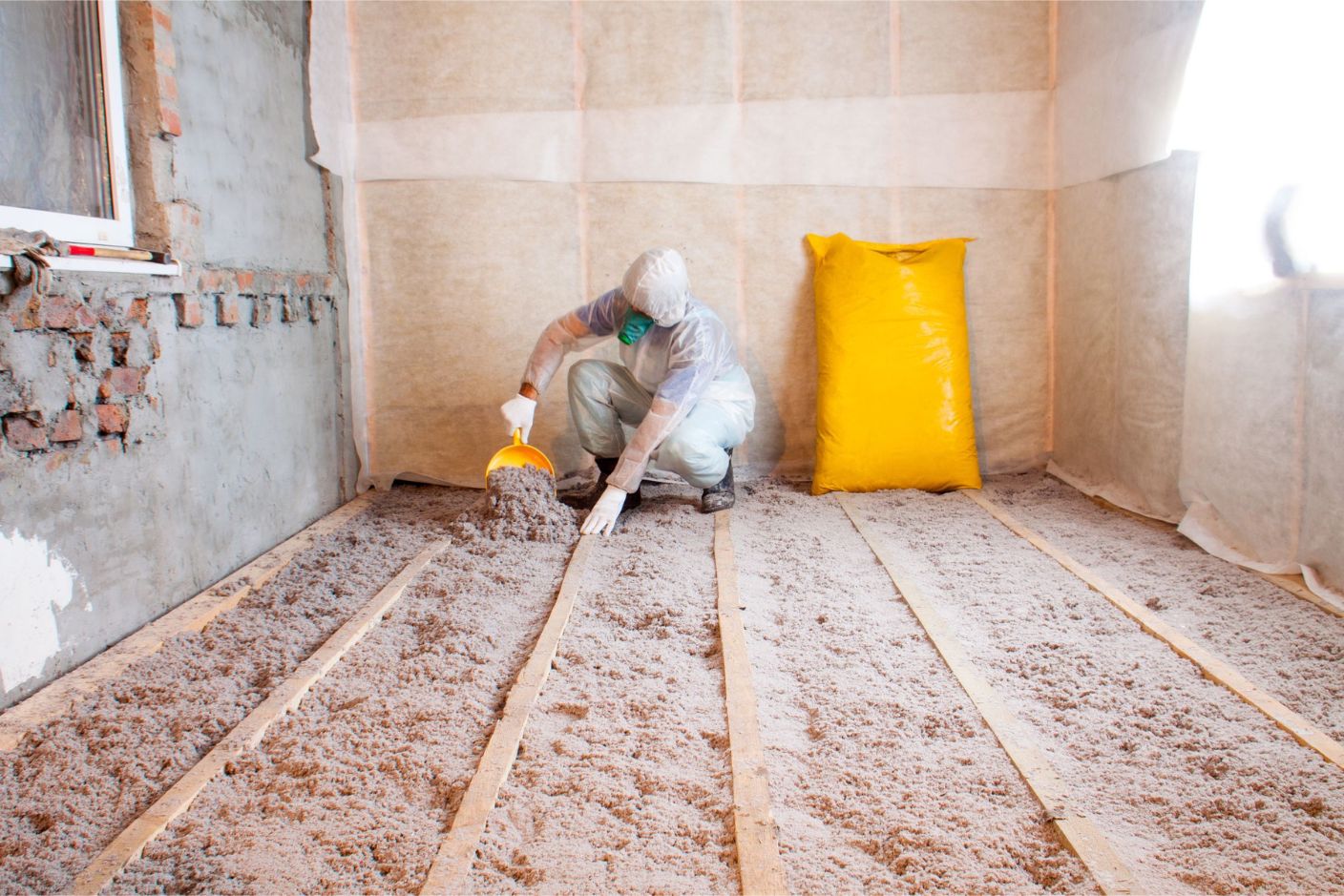

0 thoughts on “Which Is The Best Cavity Wall Insulation Materials”